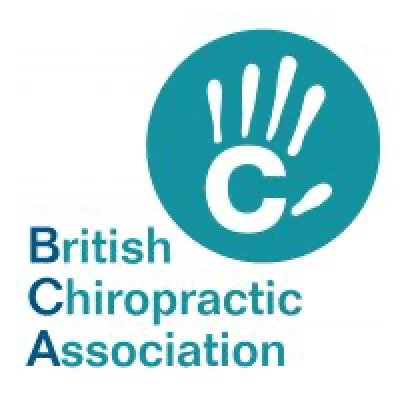What is Plantar Fasciitis?
What is Plantar Fasciitis?
Plantar Fasciitis is a common cause of heel pain in adults. Also known as Policeman’s heel, the condition is usually a result of excessive stretching of the plantar fascia ligament which is located on the bottom of the foot. This pain is often caused by collagen degeneration at the origin of the plantar fascia in the middle part of the heel. This degeneration is due to repetitive micro-tears of the plantar fascia that overwhelm the body’s ability to repair itself.
Plantar Fascia Pain…
- Occurs on the bottom of the foot, around the heel and arch
- It is usually worse with the first few steps in the morning, after resting or after standing on the foot
- Can worsen after standing for a long time
- It may feel better during exercise but can return after resting
What Causes Plantar Fasciitis?
- Overuse during too much physical activity, running, walking, or standing for a long time
- A rapid increase of activity over a short period of time
- Walking barefoot on hard surfaces
- Wearing poor fitting shoes or shoes without cushioning or support for long periods of time (flip-flops or back-less slippers)
- Occupations that require walking or standing for prolonged periods of time
- Ageing causes the natural foot arch support to decrease
- Weak and/or tight foot and calf muscles
- Being overweight causes an increase in load on the foot
- Having high or low foot arches can increase the risk of developing plantar fasciitis
Treatment for Plantar Fasciitis:
Many treatments are available to help plantar fasciitis, however, it can be difficult to treat. It is, therefore, important to get an early diagnosis. This will help to reduce the length of care needed and increase the success of treatment. Plantar Fasciitis can often take 6 – 18 months to resolve. Treatment needs to be tailored to the individual and understanding the cause is important in correcting issues that led to the injury in the first place.
Physiotherapy Treatment can Include:
- Advice – Particularly regarding relative rest and activities to manage symptoms
- Understanding the individual’s risk factors
- Stretching and strengthening of the foot and calf muscles
- Massage/deep tissue massage
- Kinesiology and off-load taping
- Footwear and orthotic advice
- Correction of exercise/training errors
- Shockwave therapy (Available at the Tivoli Chiropractic Clinic)
Additional treatment options to consider:
- Non-steroidal anti-inflammatory medications
- For pain relief
- Orthotics and arch supports
- Cushioned heel or insoles
- These can be purchased over the counter
- In more severe cases, a podiatry assessment and custom-made orthotics may be advisable
- Correcting footwear
- Purchasing new footwear may be necessary
- Especially for everyday wear and sports activities
- Night splint/plantar fasciitis sock
- Corticosteroid Injections
- Surgery
- Only in severe cases when all other treatments have been unsuccessful
You can see that many treatment options are available to address plantar fasciitis. As a result, it can be confusing deciding which is the most appropriate for you. Understanding your risk factors and seeking an individual tailored treatment plan is the key to successfully treating and resolving plantar fasciitis.
If you have any questions or would like to find out more about the treatment of plantar fasciitis or the use of shockwave therapy, please do not hesitate to contact Ange via the email address, below.
angela@tivolichiropractic.co.uk
Read our next article ‘Active Walking & The Benefits’ by Physiotherapist, Pippa, to find out how you should be walking and why.



























